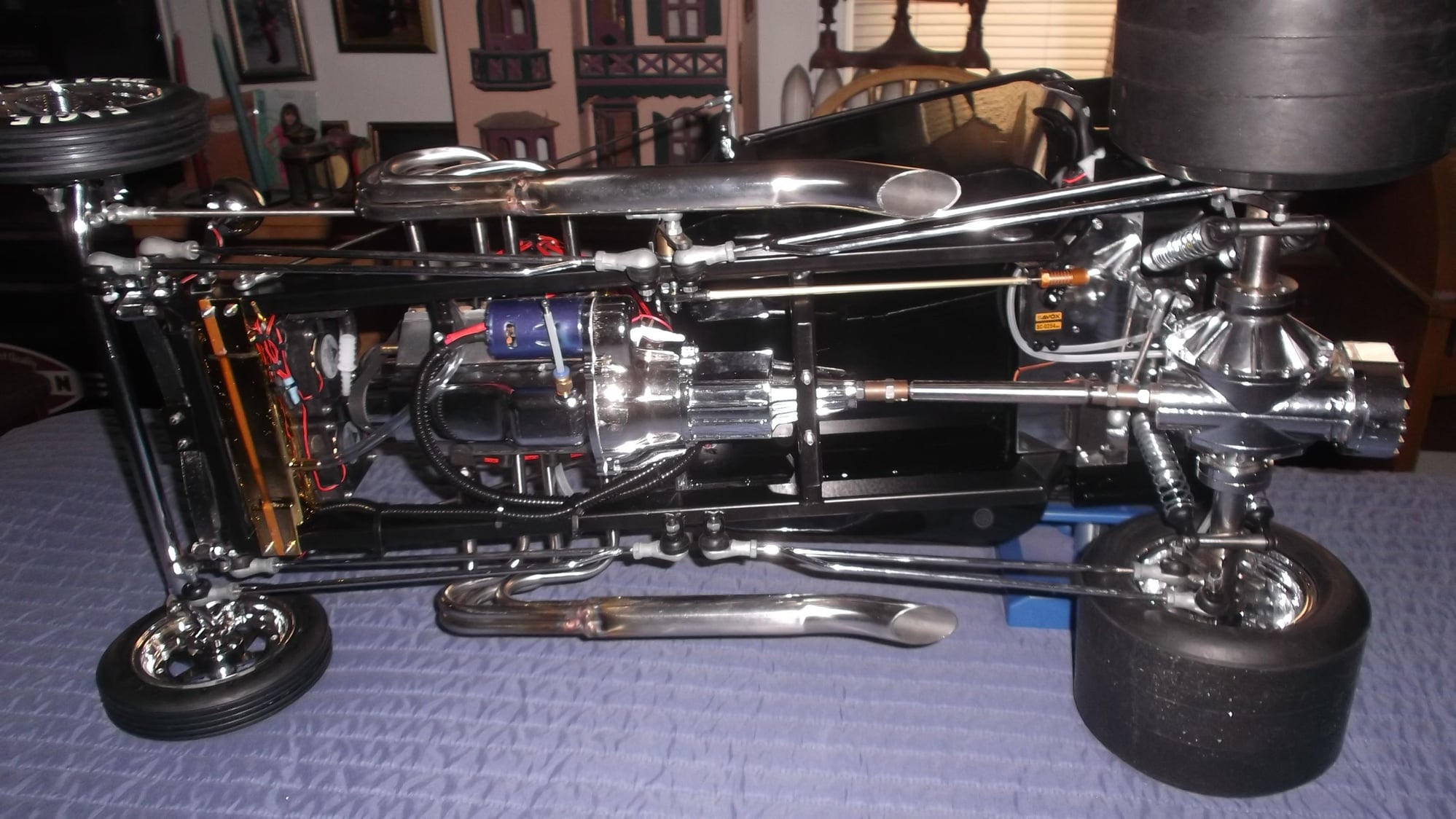

Some cars now feature automatically adjustable rear spoilers, so at lower speed the effect on drag is reduced when the benefits of reduced lift are not required. Flat spoilers, possibly angled slightly downward may reduce turbulence and thereby reduce the coefficient of drag.

A rear spoiler design that stands off the rear deck lid will increase downforce, reducing lift at high speeds while incurring a drag penalty. In order to achieve the lowest possible drag, air must flow around the streamlined body of the vehicle without coming into contact with any areas of possible turbulence. The main purpose of a rear spoiler in a vehicle's design is to counteract lift, thereby increasing stability at higher speeds. Rear spoiler Ī rear spoiler usually comes standard in most sports vehicles and resembles the shape of a raised wing in the rear of the vehicle.

For larger vehicles such as trucks, mud flaps are still important for their control of spray, and in 2001 a new version of the mud flap was introduced that has been shown to create significantly less aerodynamic drag than standard mud flaps. Mudflaps are now rarely specified as standard on production cars as they interfere with the clean airflow around the vehicle. The removal of this part has led to increases in fuel efficiency in several studies. This is because the air flows over the top of the vehicle, following the smooth lines of the hood and windshield, then collides with the roof rack and causes turbulence. While roof racks are very useful in carrying extra storage on a vehicle, they also increase the frontal area of the vehicle and increase the drag coefficient. Roof rack Ī roof rack is a common trait on many SUV and station wagon vehicles. Most production sports cars and high efficiency vehicles come standard with many of these deletions in order to be competitive in the automotive and race market, while others choose to keep these drag-increasing aspects of the vehicle for their visual aspects, or to fit the typical uses of their customer base. Deletion can be as simple as removing an aftermarket part, or part that has been installed on the vehicle after production, or having to modify and remove an OEM part, meaning any part of the vehicle that was originally manufactured on the vehicle. The deletion of parts on a vehicle is an easy way for designers and vehicle owners to reduce parasitic and frontal drag of the vehicle with little cost and effort. Streamlining the body requires assumptions about the surrounding airspeed and characteristic use of the vehicle. Lowering the drag coefficient comes from streamlining the exterior body of the vehicle. Too much lift can cause the vehicle to lose road traction which can be very unsafe. Lift is an aerodynamic force that acts perpendicular to the airflow around the body of the vehicle. A potential complication of altering a vehicle's aerodynamics is that it may cause the vehicle to get too much lift. The drag coefficient is a unit-less value that denotes how much an object resists movement through a fluid such as water or air. The two main factors that impact drag are the frontal area of the vehicle and the drag coefficient. The reduction of drag in road vehicles has led to increases in the top speed of the vehicle and the vehicle's fuel efficiency, as well as many other performance characteristics, such as handling and acceleration. A common way to measure the drag of the vehicle is through the drag area. There are many different ways to reduce the drag of a vehicle. Reducing the drag coefficient in an automobile improves the performance of the vehicle as it pertains to speed and fuel efficiency.

Aerodynamic drag increases with the square of speed therefore it becomes critically important at higher speeds. When automobile companies design a new vehicle they take into consideration the automobile drag coefficient in addition to the other performance characteristics. The drag coefficient of an automobile measures the way the automobile passes through the surrounding air. Drag is a force that acts parallel to and in the same direction as the airflow. The drag coefficient is a common measure in automotive design as it pertains to aerodynamics. Edmund Rumpler's 1921 Tropfenwagen was the first series-produced aerodynamically designed automobile, before the Chrysler Airflow and the Tatra 77.


 0 kommentar(er)
0 kommentar(er)
